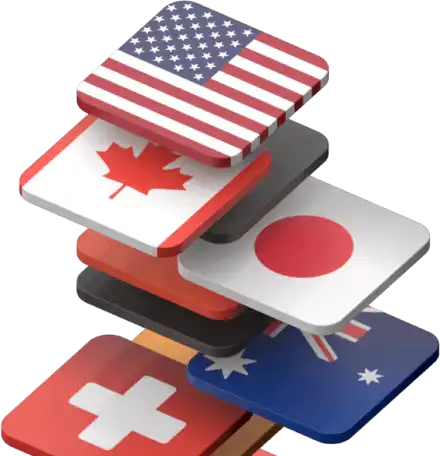Future Trading
Why trade future on VGM
Fixed, predictable payout
Before you ever buy a contract, be aware of your prospective profit or loss.
All favourite markets and more
Trade on all well-known marketplaces as well as our 24/7 accessible, in-house created synthetic indexes.
Instant access
Create an account and begin trading right now.
User-friendly platforms with powerful chart widgets
Trade on systems with robust chart technologies that are secure, simple to use, and intuitive.
Flexible trade types with minimal capital requirements
You may start trading with as little as a $5 deposit and tailor your transactions to fit your strategy.
Don't have an account yet?
Create AccountHow future trading contracts work
Define your position
Choose the market, transaction type, time frame, and stake amount.
Get quote
Depending on the position you have set, receive a payment quotation or stake amount.
Purchase your contract
If you are pleased with the quote, buy the contract; otherwise, clarify your viewpoint.
Key features of futures trading
Futures contracts have standardized terms, including the quantity of the underlying asset, quality specifications, delivery months, and tick sizes. This standardization ensures transparency and facilitates liquidity in the market.
Futures trading involves trading on margin, which means that traders are required to deposit a percentage of the contract's value (initial margin) to initiate a position. This allows traders to control a larger position than their invested capital, amplifying both potential profits and losses.
Futures markets provide a platform for price discovery, as the buying and selling activities of market participants determine the futures prices. This price transparency helps traders gauge market sentiment and make informed trading decisions.
Futures contracts serve as risk management tools for market participants. Hedgers use futures contracts to mitigate price volatility and protect against adverse price movements in the underlying asset. Speculators, on the other hand, aim to profit from price fluctuations by taking positions based on their market expectations.
Futures trading offers leverage, allowing traders to control a large position with a relatively small initial investment. This leverage amplifies potential gains but also exposes traders to higher risks. It is crucial to manage leverage carefully and understand the associated risks.
Futures contracts are typically settled through a process called "marking to market." At the end of each trading day, gains or losses based on the price movement of the contract are calculated, and funds are transferred accordingly between buyers and sellers.
Markets available for options trading
Commodities
Speculate on the price movements of the world's major commodities – silver, gold, oil, and energy.
Learn More
Cryptocurrencies
Trade futures, lookbacks, and Call/Put Spreads 24/7 on our synthetic indices that are free from real-world disruptions.
Learn More
Forex
Take part in the world’s largest financial market. Trade futures and Call/Put Spreads on major, minor, and smart forex pairs.
Learn More
Stock & indices
Trade futures on stocks & indices and profit from the price movements in our competitively priced asset baskets.
Learn More



